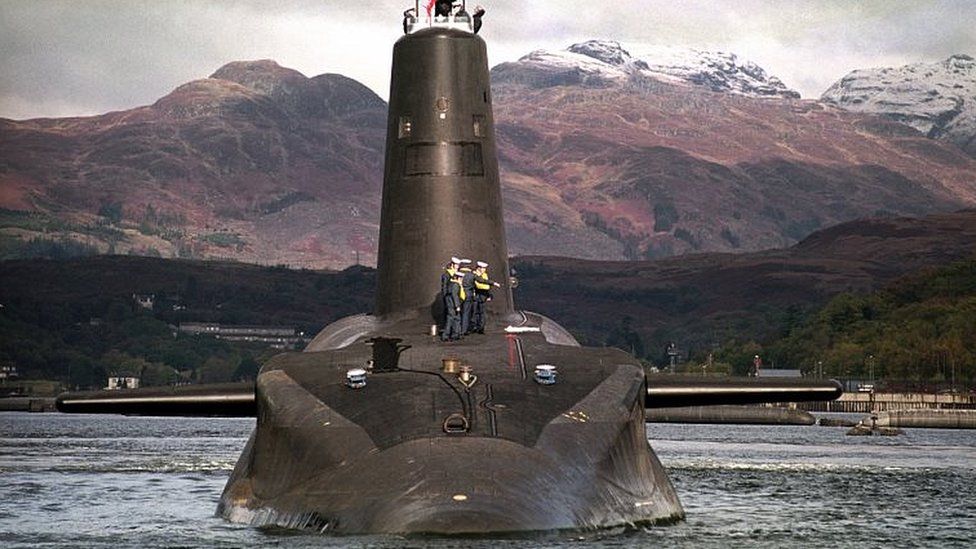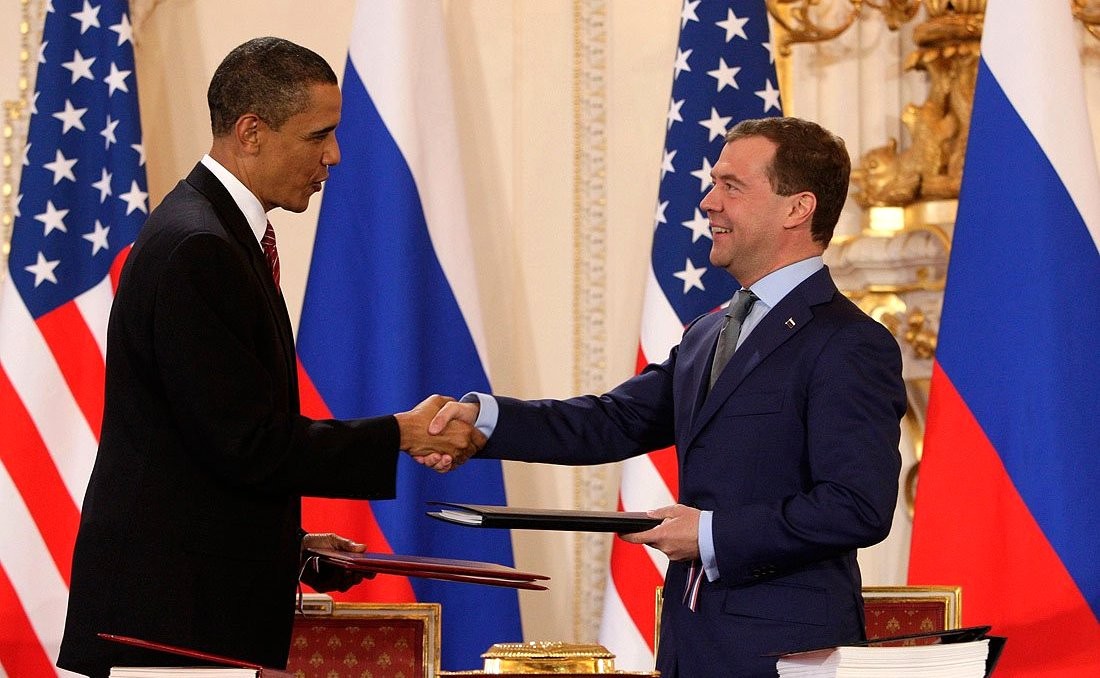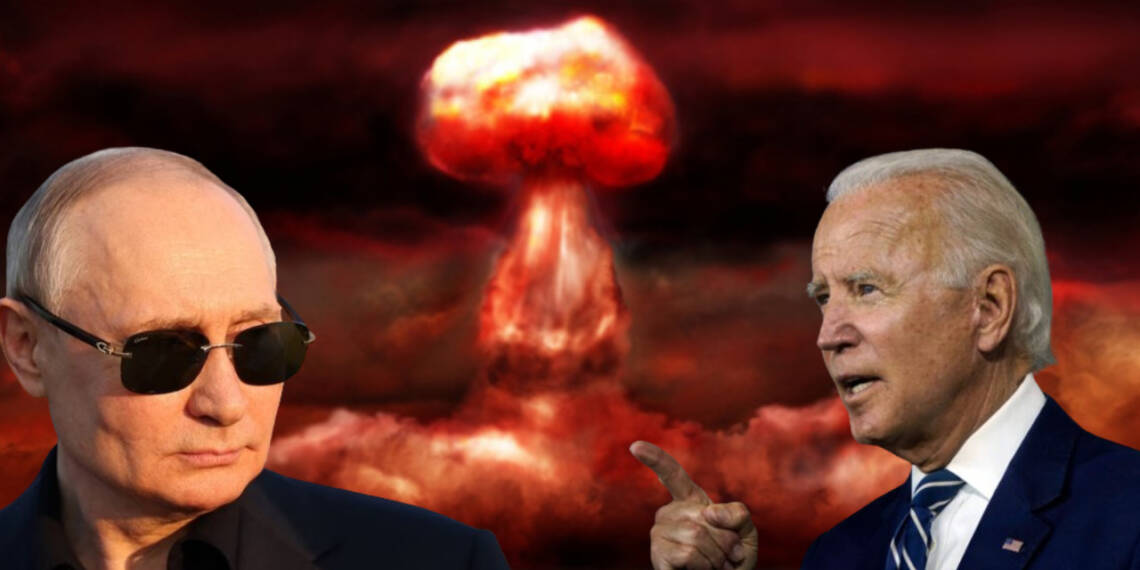The recent termination of a Minuteman III ICBM flight test on Nov. 1 by the U.S. Air Force’s Global Strike Command garnered attention. The decision to explosively end the test was made due to unidentified anomalies observed during the missile’s flight. This test, a routine part of verifying the safety, reliability, and effectiveness of the United States’ nuclear deterrent, aims to deter modern threats and assure allies.
The U.S. Air Force currently maintains around 400 Minuteman III missiles, securely stored in silos, purportedly ready around the clock to counter potential strategic threats directed at the United States and its allies. The Minuteman III constitutes one element of the U.S. strategic deterrence “triad,” which comprises land-based, sea-based (Trident missiles on Ohio-class submarines), and air-based (specifically designated B-52 and B-2 manned bombers) components. This test, though terminated prematurely, underscores ongoing efforts to validate and sustain the nation’s nuclear deterrence capabilities.
The Minuteman III, an advancement of the original 1958 Minuteman I missile, was developed in 1968 and became operational in 1970. Initially designed to accommodate three independently targeted warheads, it was modified to carry a single warhead due to the defunct START II treaty, ratified by both the U.S. and Russia but never enforced.
Although the current New START treaty doesn’t restrict the warhead capacity of the Minuteman III, adherence to past treaty agreements means it continues to carry a single warhead. However, the U.S. Air Force frequently conducts flight tests retrofitting the Minuteman III with three warheads.
Read More: Wokeism-ridden US army declared unfit to fight Russia and China
Plans are underway to replace the Minuteman III, starting around 2029, with the Sentinel, a new generation of U.S. land-based ICBMs. Some Minuteman III missiles will remain operational until the full deployment of the Sentinel, anticipated in the mid-to-late 2030s.
Join us on Telegram: https://t.me/tfiglobal
In an incident last year, a British Vanguard submarine, armed with 16 Trident II nuclear missiles, faced a mechanical failure during dive operations. The malfunction, if unresolved, could have posed severe risks to the 140 crewmembers aboard at the time.
The Vanguard-class submarines, initiated in 1993 with four in service, are set for replacement by the Dreadnaught-class missile submarine in the 2030s, representing the entirety of the British nuclear deterrence force. In 2017, a secretive failed test launch of a Trident II missile by a Vanguard-class submarine was withheld from the British Parliament amid debates over the future of the UK’s independent nuclear deterrent.

Concerns arise from the faltering performance of aging U.S. and British strategic nuclear deterrents, contrasting starkly with successful tests by their Russian counterparts. Recent accomplishments include launches of a modern Bulava missile from a new Borei-class submarine, a Yars ICBM featuring an advanced Avangard hypersonic warhead, and a prosperous test launch of a new nuclear-powered Burevestnik cruise missile. Despite Russian setbacks, like the recent failure of a Sarmat heavy ICBM, their advancements apply pressure on the U.S. and U.K. to advance costly modernization efforts. This occurs during domestic political challenges where competition for funding is intense in both nations.
Adding complexity is the absence of a workable arms control framework, creating concerns about a potential arms race among the three nations deploying new strategic systems. The lack of regulation could disrupt the longstanding strategic balance. Moscow suspended its participation in the New START treaty, citing its incompatibility with U.S. strategic objectives to defeat Russia.
The New START treaty, due to expire in February 2026, had initially garnered interest from both Russia and the U.S. for a follow-up treaty to maintain the existing strategic stability. However, the absence of ongoing discussions or negotiations between arms control representatives from both countries significantly diminishes the prospects of having a replacement treaty ready in time to succeed the New START agreement.
Russia seems disinclined to pursue such an option, even if feasible. According to insights from discussions with knowledgeable senior Russian officials on strategic nuclear policy, there’s a notable lack of interest in revitalizing an arms control relationship with the U.S. rooted in Cold War legacies. Prevailing sentiment in Russia suggests a perception that the U.S., historically, negotiated with ill intentions, using arms control to sustain its strategic dominance rather than fostering nuclear parity and stability.

Read More: Defiant Ukrainian defence forces refuse to use ‘poor’ US drones against Russia
Instances like the anti-ballistic missile treaty and the Intermediate Nuclear Forces (INF) treaty, which yielded mutual benefits, saw the U.S. withdrawal when they became inconvenient to U.S. strategic aims, notably regarding missile defense or addressing developments beyond the treaty’s scope, like Chinese missile systems falling outside the INF treaty’s purview. This trend feeds into Russia’s belief that U.S. actions within arms control negotiations have been geared toward preserving its strategic dominance rather than promoting reciprocal benefits or stability.
The Russian perspective on strategic arms reduction treaties differs markedly from the intended goal of achieving nuclear parity. Rather than fostering parity, these treaties, according to Russia, have perpetuated U.S. nuclear superiority. Specifically, the New START treaty is cited as an instance of U.S. duplicity. The Obama administration kept missile reduction separate from missile defense, promising to address both but ultimately shelving missile defense after ratifying the missile reduction treaty.
With the expiration of New START in 2026, Russia aims to advance its nuclear modernization efforts without treaty constraints. This move will complicate the nuclear modernization endeavors of the U.S. and U.K., whose ongoing capabilities, developed at a massive cost, will pale in comparison to Russia’s deploying systems.
Russia is disinclined to engage in negotiations that nullify its strategic advantage, particularly while the U.S. and its Western allies perceive Russia as a strategic adversary, aiming for its defeat.
Reviving nuclear arms control between the U.S. and Russia demands a departure from Cold War legacies. It necessitates a new strategic relationship rooted in present realities, where the U.S. faces the choice of expending vast resources to match Russia’s nuclear capabilities or negotiating from a strategically inferior position.
The era of unchallenged American nuclear supremacy has waned. Whether U.S. policymakers adapt to this shift remains uncertain. However, failure to do so risks triggering an arms race the U.S. cannot win, potentially catastrophic for the world.
Watch More:








